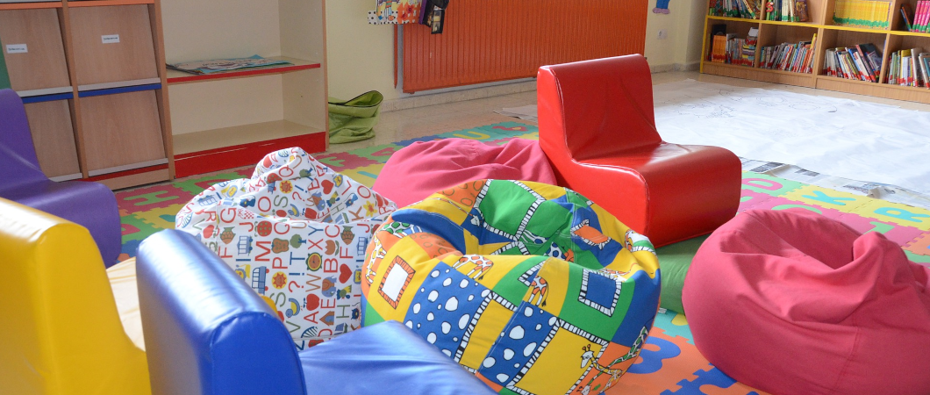Page Contents

Environment
The list suggested below may not be available within all schools, however, schools that are unable to follow these specific suggestions should develop alternative models that meet the needs of children or young people with social, emotional and mental health needs.
- Age-appropriate displays are positioned around the school that support children or young people to name and understand emotions, feelings, thoughts and physical sensations.
- Alternative break time or lunch arrangements.
- Calm-down, quiet corners or tents.
- Clear classroom displays include a visual timetable (which is referred to and up to date), class routines, class rules and noise level indicators (silent work, partner voices, group voices, playground voices).
- Classroom displays are tidy and purposeful: walls that are too ‘busy’ or chaotic may increase some children or young people’s anxiety.
- Checklists [Size: 111 KB, File: PDF] or environmental checklists are used to modify classroom environments. This could include low sensory stimulating areas, sensory diets, rhymical and physical activities.
- Ear defenders, wedges and writing slopes are available to children and young people who need them.
- Seating plans reflect the children’s and young people’s needs and views. This should include considering where they sit in class, with whom they sit and how close they sit to the teacher, teacher assistant or resources. It may be appropriate to have a specific assembly seating plan which could include differentiated expectations and seating arrangements.
Glossary
Click the button below to go to the glossary page.

